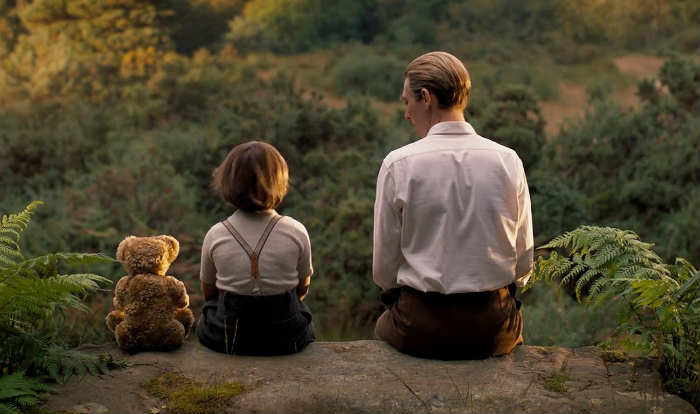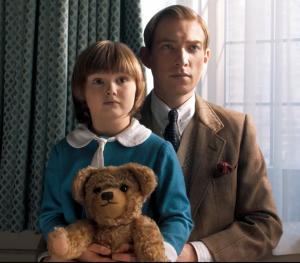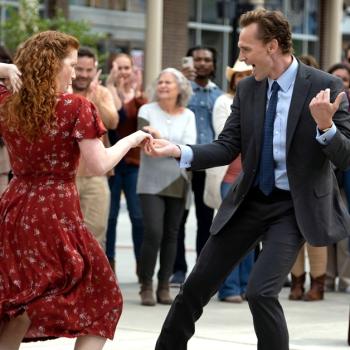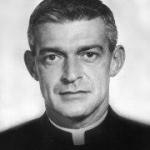 Currently in theaters, “Goodbye Christopher Robin” takes place in post-World War I England, when the country is shattered in the wake of the first massive clash with Germany. Among the walking wounded is Alan Milne (Domhnall Gleeson) — a k a A.A. Milne — a successful London playwright who served in combat in the British Army.
Currently in theaters, “Goodbye Christopher Robin” takes place in post-World War I England, when the country is shattered in the wake of the first massive clash with Germany. Among the walking wounded is Alan Milne (Domhnall Gleeson) — a k a A.A. Milne — a successful London playwright who served in combat in the British Army.
Inspired by the country setting and a collection of Christopher’s — or Billy’s — toys, Milne created the Winnie-the-Pooh stories, which were a huge hit. This thrust him, his wife and especially the “real” Christopher Robin into the spotlight.
But all the time, Milne suffered from the lingering effects of his war experiences.
All of this weaves into the creation of the fictional tale. This kind of thing won a best picture Academy Award with “Shakespeare in Love” in 1998, and it’s the same sort of story as “The Man Who Invented Christmas,” coming Nov. 22. That one stars Dan Stephens as Charles Dickens, during the creation of “A Christmas Carol.”
 We can never truly know what was in a writer’s mind (as a writer, I’m not always sure what I was thinking of at the time), but all these films are an interesting meditation on how it may have been.
We can never truly know what was in a writer’s mind (as a writer, I’m not always sure what I was thinking of at the time), but all these films are an interesting meditation on how it may have been.
Recently, I talked to director Steven Curtis about his handsome but melancholy production of “Goodbye Christopher Robin.” Here’s some of what he had to say.
On what he loved about the script:
I love the script because it is about a creation of a famous and loving book, but also about so much else as well. Really important themes like; family and creation and the long-term effects of war … A lot of themes that I think will mean something to a contemporary audience.
Winnie-the-Pooh books will be cherished forever. But it’s interesting to see the environment in which they were created.
On what he thinks “Goodbye Christopher Robin” illuminates about the creative process:
That you never know where inspiration is going to strike and the father and son playing together was the engines of these lovely stories, but they’re also a way for a father and son to connect the way many fathers and sons didn’t connect in England in that class at that time.
On how American audiences will react to a child being raised primarily by a nanny, and to his somewhat brittle mother:
It’s important to remember that that’s the way people were parents at that time. They felt if kids had a loving nanny, then they were doing very good job. So, I didn’t want to sort of demonize the parents, because they were parents of a certain class of a certain time.
Christopher wrote later in life, he only saw his mother briefly in the morning and briefly in the evening, but when he saw her, she was very loving. And in the film, we see her buy the toys and so on. It’s not like a modern parent with 24/7 but it is … She loves him in her own way.
I think the main point of the film is pay attention to your children and love your parents their around because if the nanny says “you never know what’s gonna happen next.”
And, what happened to the real Christopher Robin? He grew up, married and opened a bookshop. Said Curtis:
Yeah, when a friend of mine went to visit him in the bookshop when he’s an older man, he’s showing his copy of Winnie-the-Pooh, which makes me think he was happy at the end … I like to think.
Images: Courtesy Fox Searchlight
Don’t miss a thing: head over to my other home, as Social Media Manager at Family Theater Productions; and check out FTP’s Faith & Family Media Blog.













